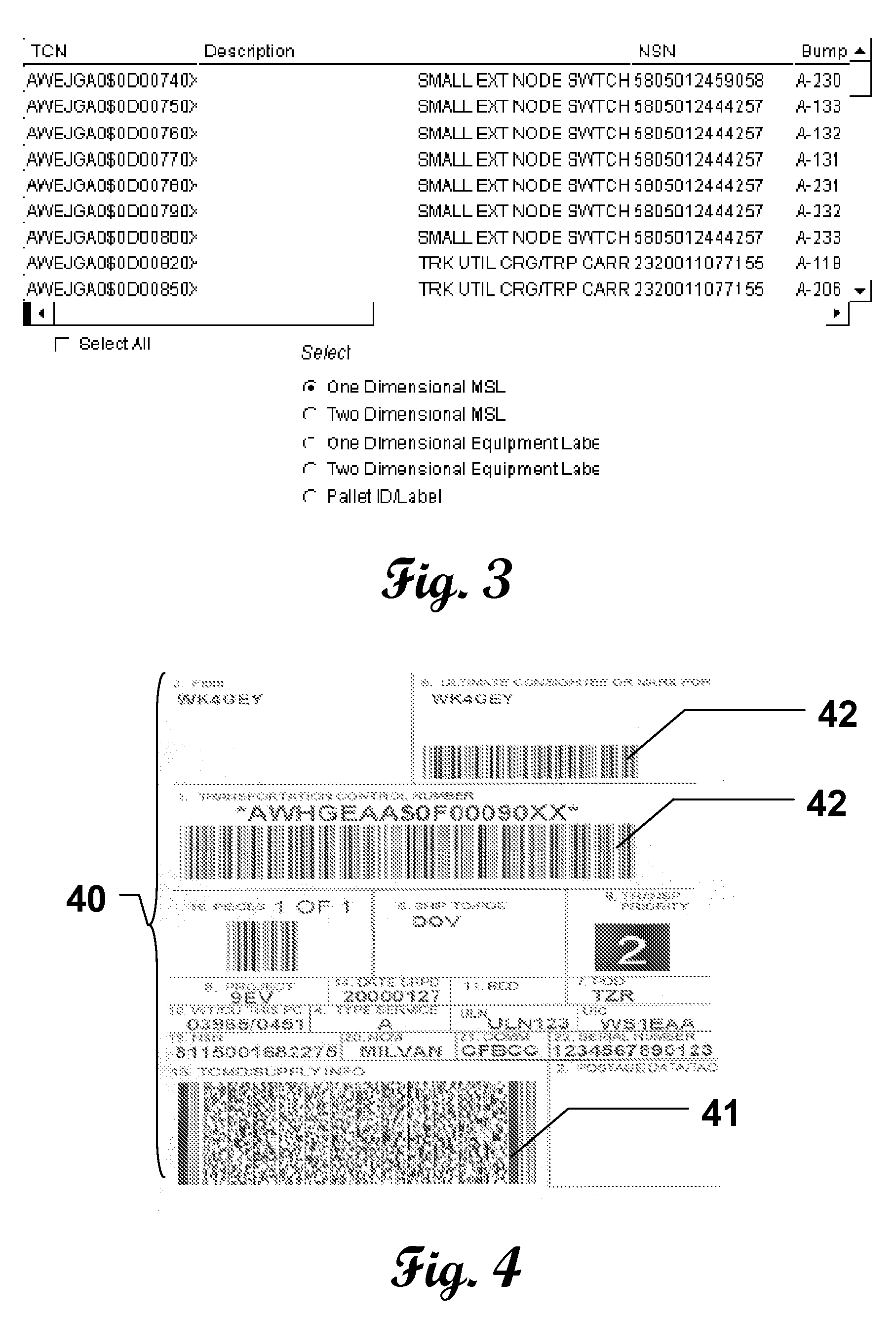System and method for weighing and characterizing moving or stationary vehicles and cargo
a technology for applied in the field of system and method for weighing and characterizing moving or stationary vehicles and cargo, can solve the problems of prone to error, time-consuming, exhausting, and fatal errors, and achieve the effect of improving the weighing process, quick and accurate determination of individual axle weights, and quick and accurate determination of product weights
- Summary
- Abstract
- Description
- Claims
- Application Information
AI Technical Summary
Benefits of technology
Problems solved by technology
Method used
Image
Examples
example
[0154] This use case describes the data feed process of the DEL from AALPS to WIM II system and updates to AALPS. The use case begins when the client process identifies itself to and is authorized for connection to the AALPS data repository.
[0155] Basic Flow [0156] Client establishes a communication path to the directory where AALPS has placed the DEL file (AALPS Interface Outbox). [0157] WIM II Client retrieves the DEL File from the AALPS Interface Outbox and places it into the WIM Client WIM inbox. [0158] WIM II Client read the DEL in and processes the entries to be weighed. [0159] WIM II Client then instructs WIM Device to activate weighing process. [0160] WIM II device weighs cargo and performs appropriate calculations. [0161] WIM II device transmits cargo “actual” weights and measurement data to WIM II Client. [0162] WIM II Client loops until no more items are weighed. [0163] WIM II Client packages entries into the DEL file in the WIM II Client Interface Outbox. [0164] WIM II ...
PUM
 Login to View More
Login to View More Abstract
Description
Claims
Application Information
 Login to View More
Login to View More - R&D
- Intellectual Property
- Life Sciences
- Materials
- Tech Scout
- Unparalleled Data Quality
- Higher Quality Content
- 60% Fewer Hallucinations
Browse by: Latest US Patents, China's latest patents, Technical Efficacy Thesaurus, Application Domain, Technology Topic, Popular Technical Reports.
© 2025 PatSnap. All rights reserved.Legal|Privacy policy|Modern Slavery Act Transparency Statement|Sitemap|About US| Contact US: help@patsnap.com



